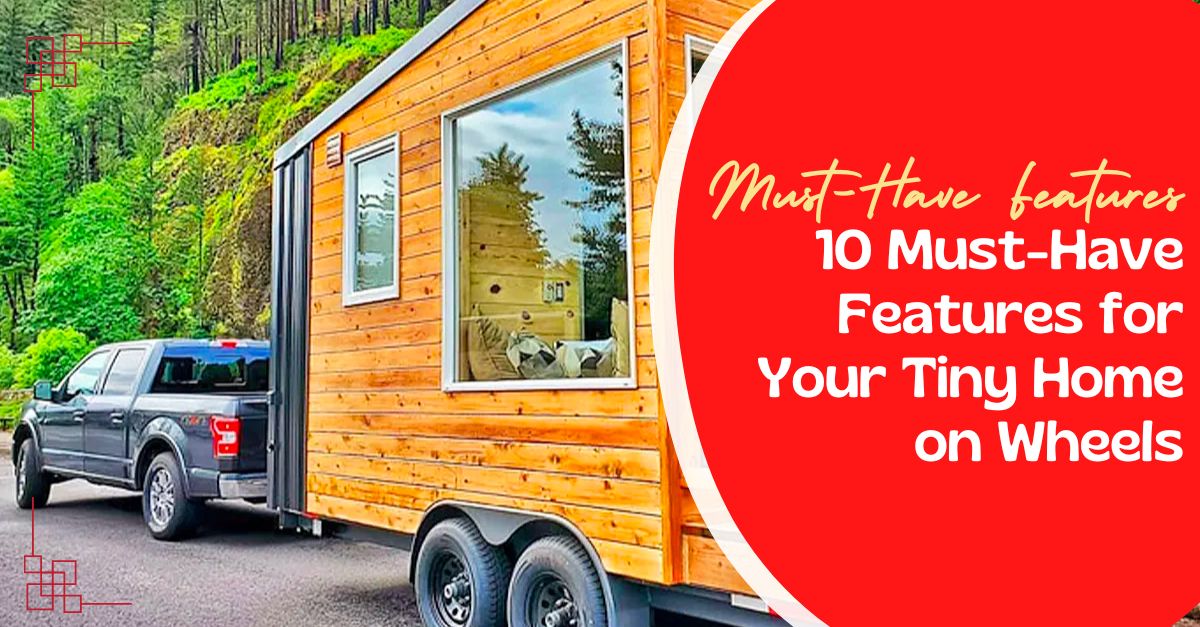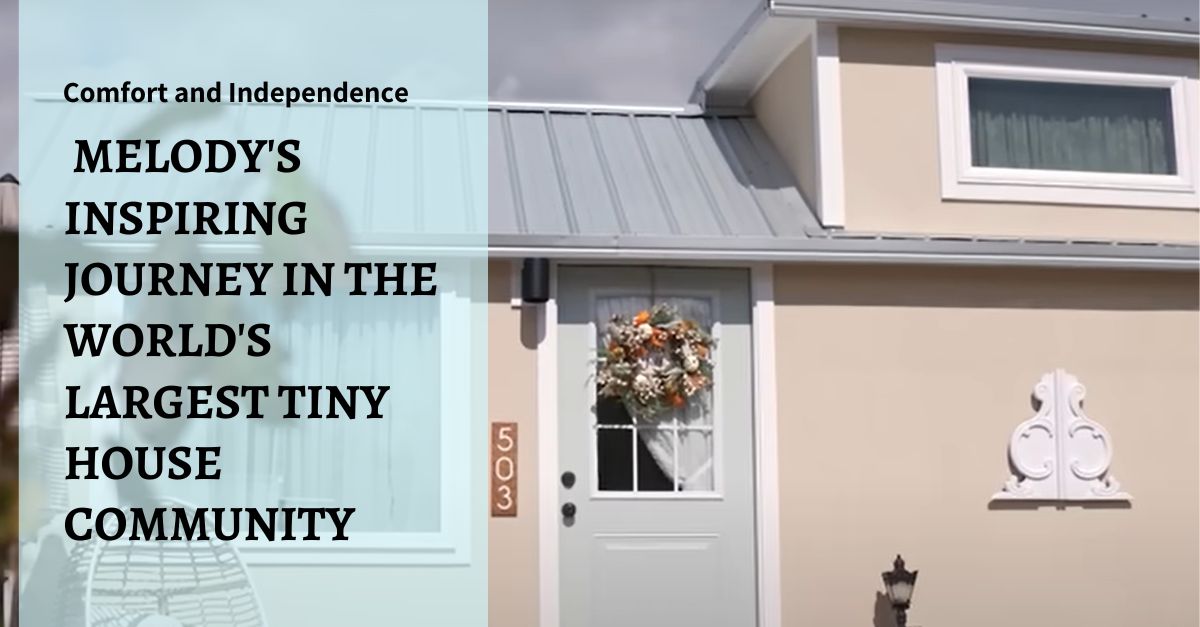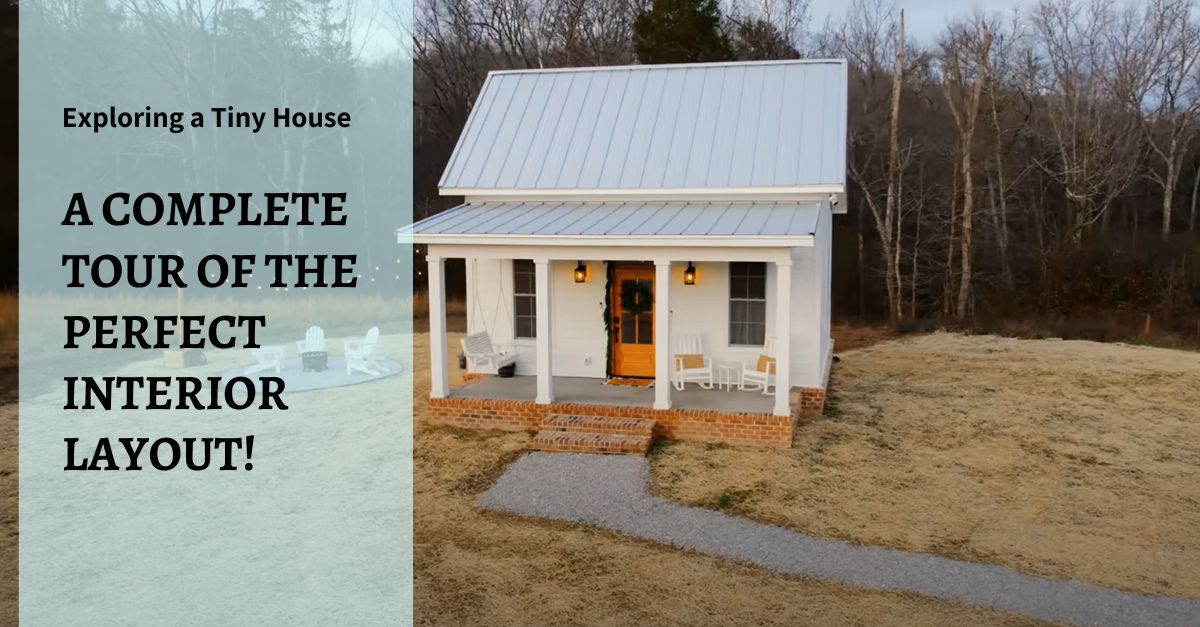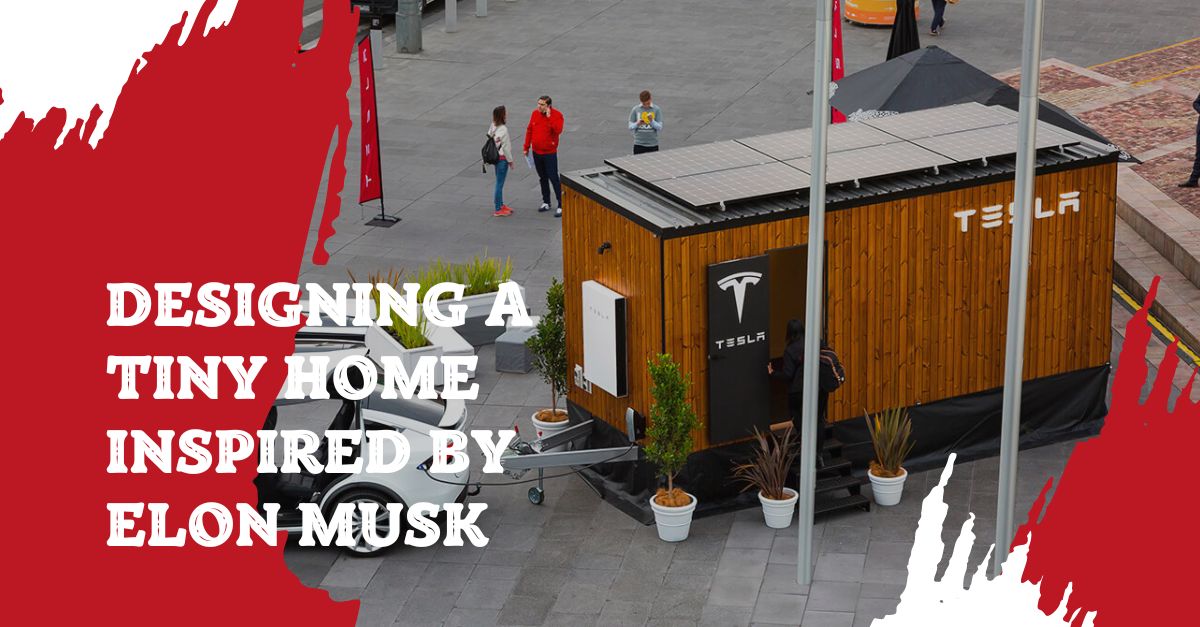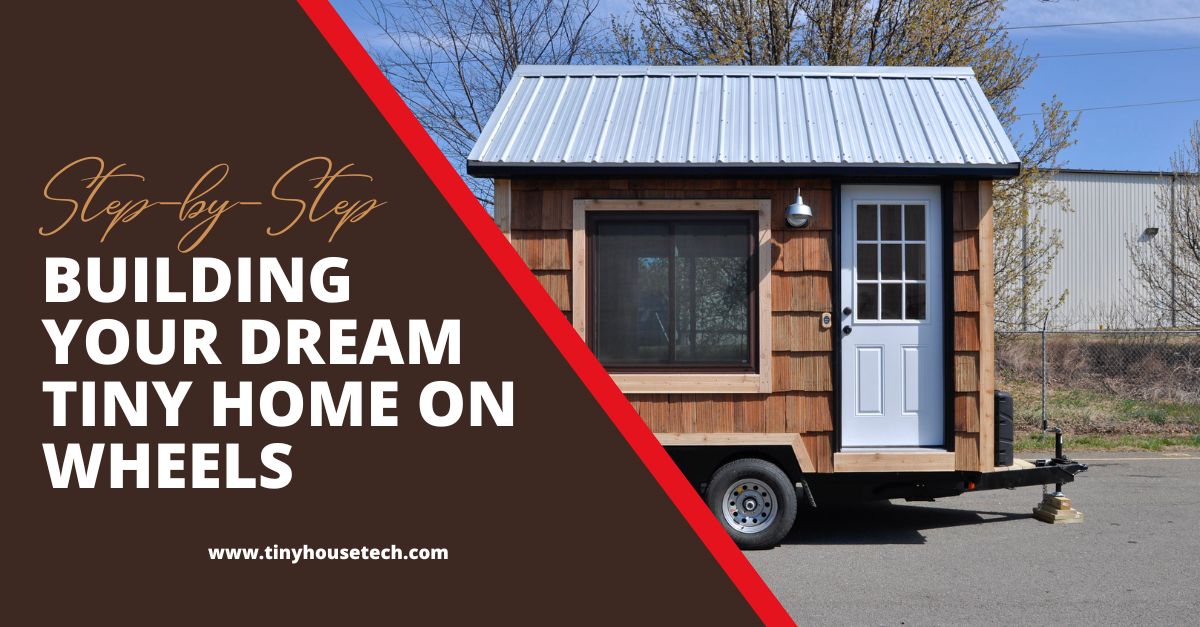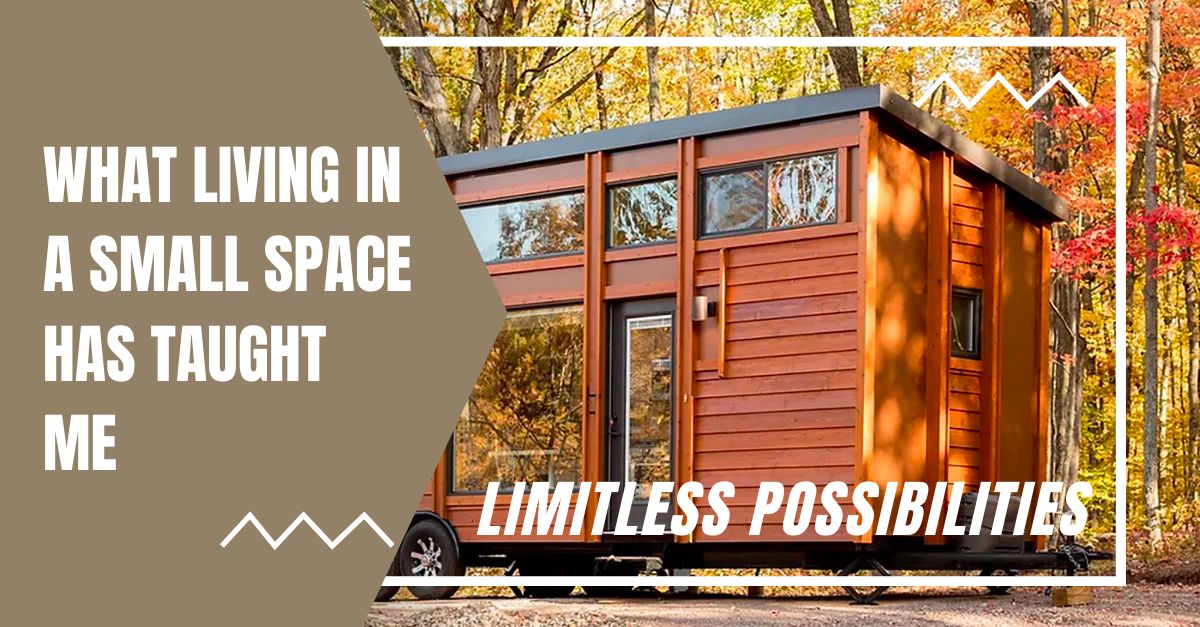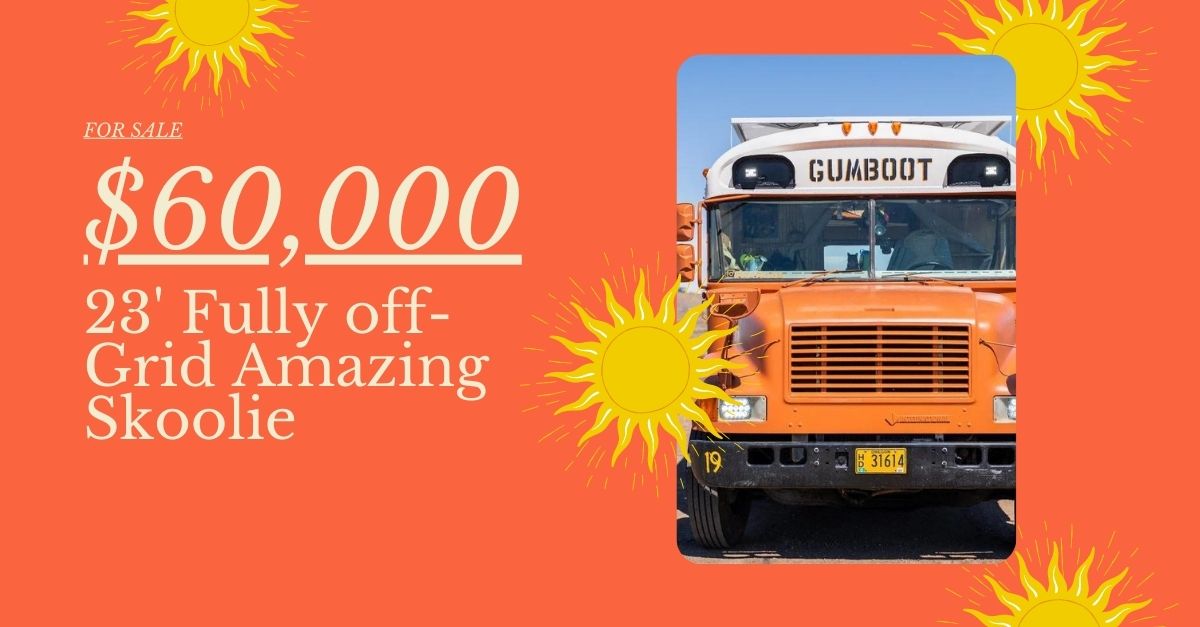1. Clever Storage Solutions:
2. Convertible Furniture :
3. Compact Appliances:
4. Flexible Layout:
5. Ample Natural Light:
6. Functional Kitchen:
7. Composting Toilet:
8. Multi-Purpose Loft:
9. Off-Grid Capabilities:
10. Outdoor Living Space:
FAQs
Latest Post
Melody’s Tiny Home Journey: Finding Comfort and Independence
Join Melody on a heartfelt tour of her 10×20 tiny home nestled within the world’s largest tiny...
Exploring a Tiny House: A Complete Tour of the Perfect Interior Layout!
Take a virtual tour of a delightful new tiny house in Tennessee showcased in this captivating YouTube...
Buy Noyer XL Tiny House by Minimaliste
1 Loft Bedroom Starting at 157 000$USD In the world of architectural innovation, the Noyer XL stands...
All About the Alpha: A Tiny Home with Big Possibilities
2 Starting at $225,000 Discover the Alpha Tiny Home – our original, innovative, and versatile model that...
Space-Saving Secrets: Designing a Tiny Home Inspired by Elon Musk
If you’re intrigued by the idea of minimalist living and efficient use of space, designing a tiny...
Step-by-Step: Building Your Dream Tiny Home on Wheels
Building your dream tiny home on wheels can be an exciting and fulfilling project. It offers the...
What Living in a Small Space Has Taught Me: Limitless Possibilities
The Power of Simplicity and Freedom Living in a small space has been a transformative experience for...
For Sale: 23′ Fully off-Grid Amazing Skoolie
Are you dreaming of a unique and mobile tiny house? Look no further! We have an incredible...
